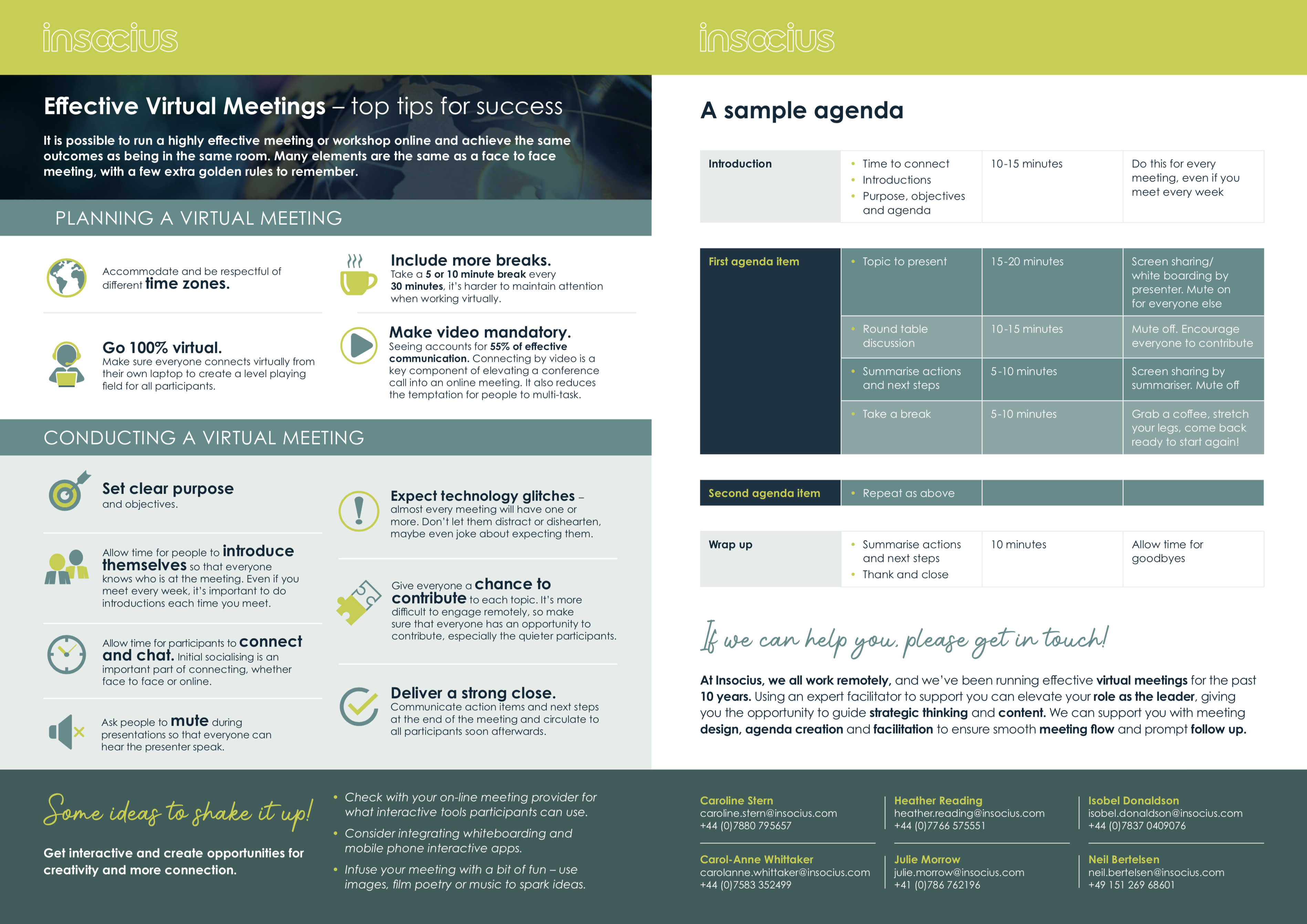– Disclosing Sensitive Information and Planning Media Events –
The global spread of COVID-19 is showing no signs of abating. Companies are faced with the challenge of taking sufficient measures to prevent transmission and minimize impact, while simultaneously sustaining their business. In these circumstances, how should those of us in the field of public relations respond?
In today’s newsletter, we will apply some of the basic tenets of public relations to this unique situation and focus on two key areas with practical tips. Firstly, how to disclose sensitive information if an employee becomes infected and secondly, the critical decisions that must be taken when considering whether to go ahead with a press conference or media event in Japan.
1.Disclosing sensitive information if an employee becomes infected
Only government organizations are responsible for disclosing information on infected individuals. If a private company employee becomes infected, there is no legal obligation to disclose this externally. With varying opinions and a lack of clear rules, there is no one-size-fits-all approach for companies when it comes to disclosing employee infections, or to what extent. These decisions are at the discretion of each company’s management.
However, keep in mind that although the authorities will not release the names of infected individuals, identifiable information linking an individual to their employer may still be leaked by internal or external sources and spread quickly online. For example, a retail facility with multiple tenants is at risk of internal infection alerts being made public, which may in turn see the retail facility name suddenly appearing in media headlines. Remember that when a company does not come forward with information and society interprets it as a cover-up, the risk of coming under heavy fire will then far outweigh that of the information being voluntarily disclosed in the first place.
When it comes to alerting external parties who may have come into contact with an infected member of staff, we believe the company should take responsibility in minimizing the spread by disclosing the fact, such as on the company’s website. Conversely, the same approach should be taken should an external individual who regularly frequents company-owned facilities (offices, manufacturing plants, shops, etc.) become known to be infected.
Voluntary Disclosure Do’s and Don’ts
- Do protect the individual’s privacy. (Any disclosed information should be in accordance with that already disclosed by the authorities).
- Don’t put out any information on COVID-19 that could be inaccurate or misleading – stick to facts approved and announced by the authorities.
- Do keep internal stakeholders informed. If employees start to hear things from the media before they’ve been shared internally, they may harbor distrust towards their own company.
- Don’t be inconsistent in your communications. Internal and external disclosure should always be delivered in tandem.
Increased testing is seeing more infection results being made publicly available. A growing number of companies are choosing to voluntarily disclose updates on infected employees and any company-hosted events or facilities they may have recently attended – whether the authorities have already disclosed such information or not. It should be noted that despite a business risk, in some cases a proactive, transparent approach will garner trust from the media, and ultimately, from society as a whole.
2.Decisions to be taken when considering media events in Japan
Within the context of the global spread of COVID-19, the Japanese government has, like other governments, requested the cancellation of non-essential public gatherings. This has resulted in the postponement or cancellation of many company-hosted media events.
We know that for many businesses, media engagements such as press conferences with senior management are the lifeblood of their corporate messaging. Deciding whether to cancel a press conference is a tough decision to make for public relations professionals. At the same time, this is a defining opportunity to put into practice the skills your team have fine-tuned during normal operations and deliver on your expertise, know-how and instinct.
It is in trying times like these that public relations must go back to basics. Take a step back and observe the situation surrounding your company in a level-headed and objective manner. Put yourself in the shoes of those outside of your company. What information do they need to hear most? Once you have grasped what society fundamentally wants from your company at this moment in time, you’ll be ready to issue effective corporate messaging that remains mindful of different media perspectives.
To help you decide which course of action is best for your company, we’ve compiled the following four press conference scenarios, with pros and cons. Join us in applying public relations principles to exploring new approaches and establishing deeper media relations.
- Postpone or cancel your press conference
Pro: May minimize transmission in adherence to latest government guidance.
Con: May leave a communications gap.
Before either postponing or canceling, first ensure you have alternative communications measures in place. Distribute a press release or publish the news element online at the time of the originally scheduled press conference – and still be ready to respond to inquiries. - Consolidate your press conference with a webinar
Pro: Your existing webinars (web seminars) may also allow media to access relevant information without being physically present.
Con: There may be technical restrictions or impaired quality of discussion when media attempt to engage in webinars intended for other audiences, particularly among reporters unfamiliar with the process. - Hold a webinar in place of your press conference
Pro: Webinars can be effective when the topic matches the needs and style of your target media. Web-savvy reporters and those based in rural areas are pushing for more webinar utilization so it is becoming more widely embraced.
Con: Some journalists won’t join webinars since they still prioritize face-to-face communications, approaching speakers after the conference for informal interviews and networking. If you think these kinds of media are on your list, then a sudden change from press conference to webinar may prove ineffective.We believe it’s still important to phase in new methods of press conferences, including international teleconferencing. As innovation continues to thrive in this area, we recommend seeking feedback from media on their preferences and maintaining a discussion with them on how to enhance your company’s media relations across different channels, from press conferences and interviews to social media and new digital alternatives. - Cancel your press conference and cater only to specific media
Pro: Narrowing down the press conference audience to a selected journalist or small group, such as those from industry-specialized media may allow you to still get your message out to priority media.
Con: Risk of being accused of favoritism and unfairness causing damage to other media relationships in the long-term.In this scenario it would be wiser to first disclose information in a press release and then actively cater to inquiries from selected reporters.
Bonus Tips: Effective Virtual Meetings
With more and more companies encouraging their employees to work from home, many staff are finding they must quickly get used to communicating via web conferences – with some inevitable teething issues along the way.
So how do you hold a productive web conference?
Click on the link below for some top tips to ensure your virtual meetings are successful and fruitful every time, courtesy of Insocius, a global partner of COSMO.
This newsletter expresses the views and opinions of COSMO. Any references to other figures, corporations or organizations are compiled from information made publicly available online, in expert opinion articles or other media materials.







